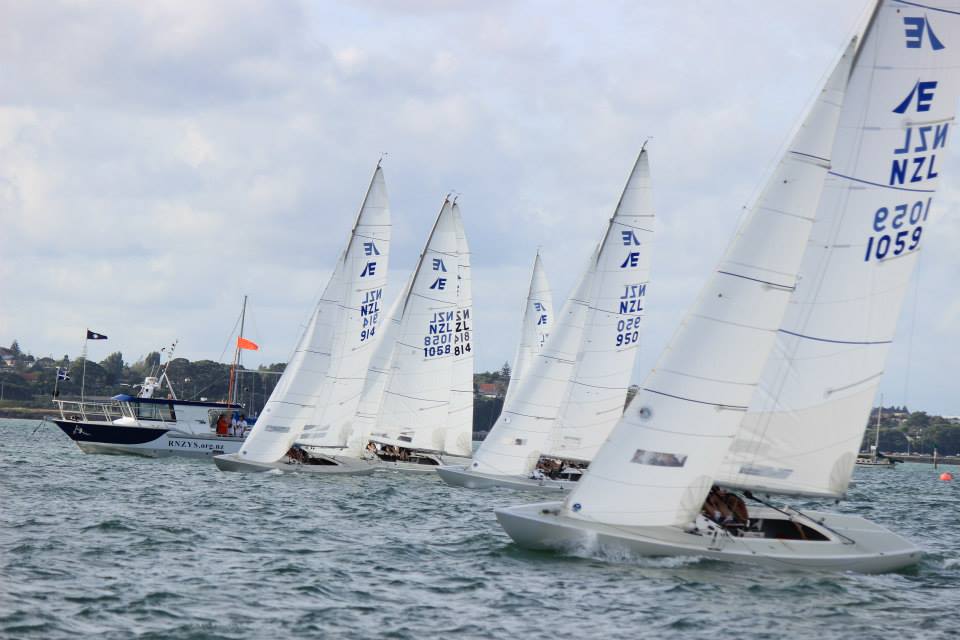|
This is the first in a series of THREE THINGS to remember for various aspects of racing. It seems appropriate to begin with starting. pick your spotThe key is to decide on a spot to aim at before the 5 minute gun. You are allowed to change your mind, but don't procrastinate. Your preferred position will depend upon a number of factors, including tide, line bias, the conditions and the nature of the fleet. Some fleets (including the Etchells) have a tendency to crowd the committee boat and this can create a chaotic hairball that will quickly undo the best-laid plans. Even if the line is biased, a boat-end start (i.e. right at the boat) is a high-risk strategy: stuff it up and you have nowhere to go but backwards. Until you are confident of your set up and acceleration (of which more below) you should try to avoid crowds and concentrate on your own start. Having picked a spot (let's say, three-quarters to the boat), aim to be some way to the right of that spot, on starboard tack, early enough to set up and protect your patch. Some prefer to cruise below the line on port tack, identify a suitable hole in approximately the right place - and tack into it. Others prefer to set up well back from the line and drift forward. In either case, make sure that the hole you end up with is, on the one hand, big enough to allow you to bear away for acceleration, but, on the other hand, not too big to protect... protect your patchYou want to create a hole to leeward into which you will bear away for speed just before the start. You create and protect this hole by luffing (or threatening to luff) boats to windward. However, don't be greedy: if that hole is too big, you will tempt others to take it. Deter poachers by 'using your elbows' and taking up space: rotate your boat to face the pin, but without accelerating down the line (i.e. trim the jib, but not the main, then let them both flap). Use sail trim to maintain and protect your position relative to the boats on either side and don't be squeezed out the back like a bar of soap. accelerate quicklyAcceleration is the key to capitalizing on the viable position that you have worked to create. inside the last 30 seconds or so, try to keep the boat at or below the close-hauled angle, so that you all you need to do is trim-on to accelerate. Using the rudder is slow.
Just as soon as you can (based on your assessment of time and distance to the line), trim-on, hit the rail and go for it. This is one technique that is critically important to a great start and yet easy to practice any time, anywhere.
0 Comments
|
AuthorAlex Webster is Auckland Fleet Captain and runs this website, so blame him. Archives
February 2019
Categories
All
|


 RSS Feed
RSS Feed
